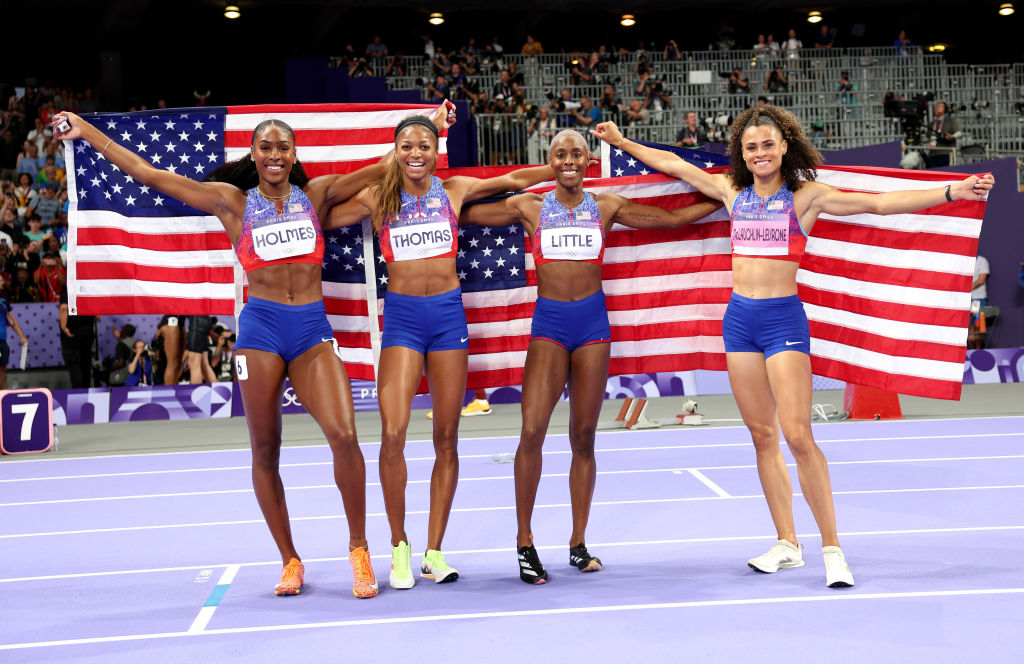The 2024 Paris Olympics marked a significant moment by achieving numerical gender parity in competition, ensuring equal representation of male and female athletes. This achievement reflects progress, equality, and a strong commitment to inclusion at the world’s largest sporting event.
The journey to increase women’s participation in the Olympics has spanned over a century, with their numbers steadily rising since the 1936 Berlin Games, where women made up just 8.4% of competitors. By the Tokyo 2020 Olympics, female participation had risen to 47.8%—the closest the Games had come to gender balance.
The Tokyo 2020 Olympics were a turning point, offering more opportunities for women to compete than ever before. The Games featured 18 mixed-gender events, introduced new events like the women’s 15,000m freestyle in swimming and the women’s canoe sprint, and added new sports—softball, karate, sport climbing, surfing, and skateboarding—all open to female athletes.
Tokyo also introduced a rule change to increase visibility for women on the Olympic stage, allowing male and female athletes to jointly carry their nation’s flag during the Opening Ceremony. This led to 91% of National Olympic Committees having a woman flag bearer.
This significant progress set the stage for Paris 2024 to achieve the historic milestone of full gender parity.
Read more about the Women in the Olympics at NBC.
Explore more articles for the Women Community here.



